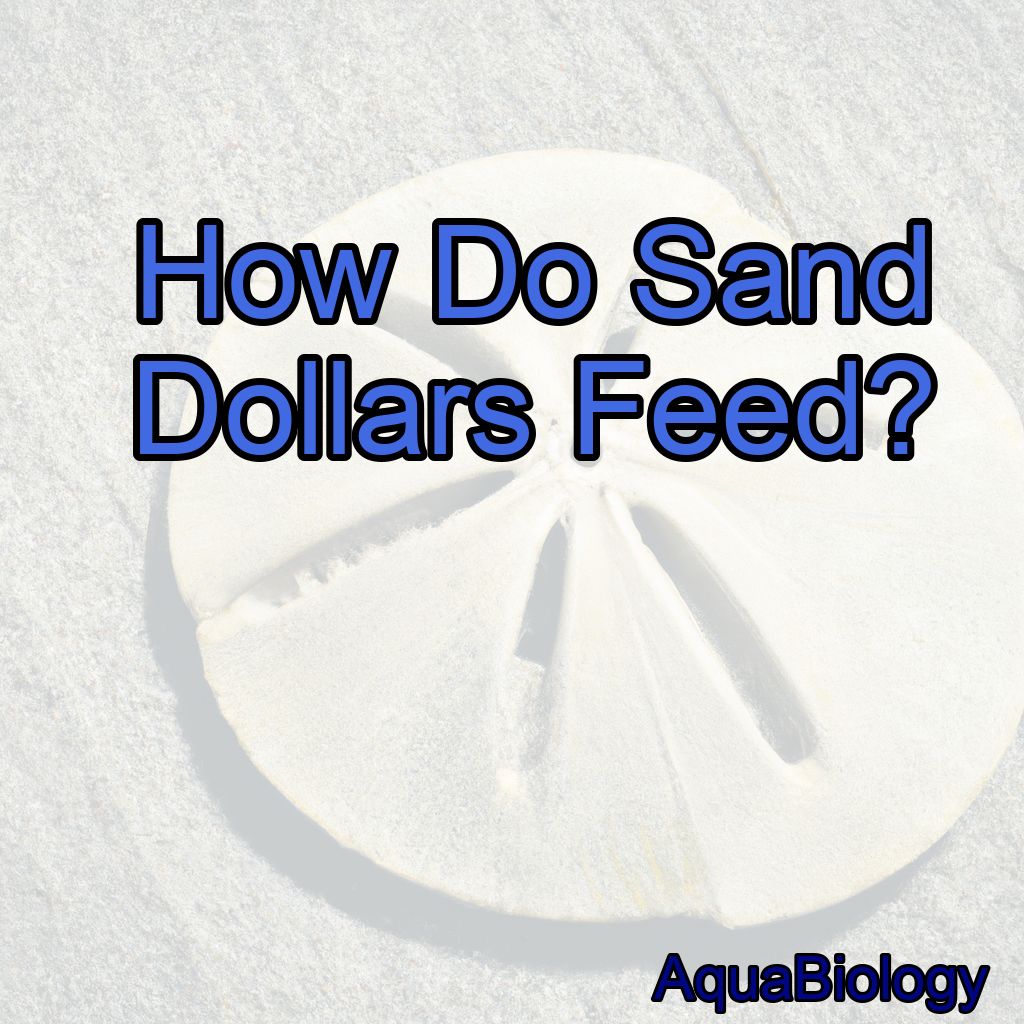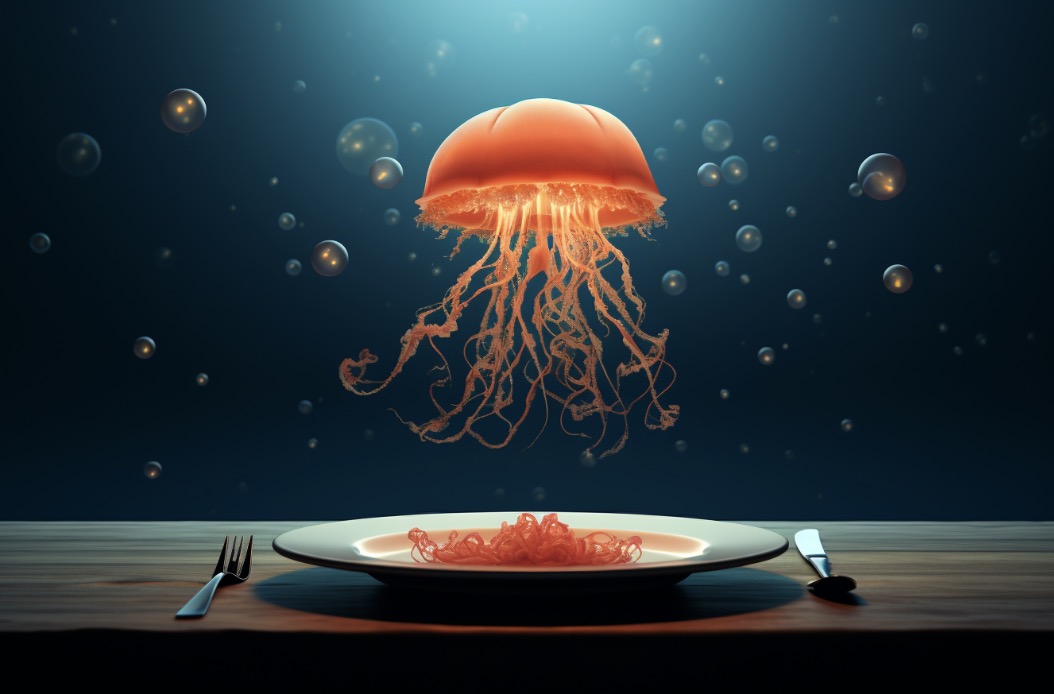Sand dollars are fascinating creatures that can be found in the shallow waters of the ocean. They belong to the echinoderm family, which also includes starfish and sea urchins.
Sand dollars feed by capturing tiny food particles from the water using their spines and tube feet, then moving the particles to their mouth.
In this blog post, we will explore how sand dollars feed and the different techniques they use to obtain their food.
Anatomy of a Sand Dollar
Before delving into how sand dollars feed, it is important to understand their anatomy. Sand dollars have a round, flat-shaped body covered in spines and small hairs called cilia.
They also have a mouth located on the underside of their body, surrounded by five teeth that are used to grind up food.
Suspension Feeding
One of the ways sand dollars feed is through suspension feeding. They use their cilia to create a current of water that brings in small particles of food, such as plankton and algae, into their mouth.
Sand dollars can ingest a large amount of food in a short amount of time using this method.
Deposit Feeding
Sand dollars also use deposit feeding to obtain food.
They burrow into the sand using their spines and eat tiny organisms that live in the sand, such as diatoms and bacteria.
Sand dollars can also ingest small particles of organic matter that are found in the sand.
Predation

While sand dollars are not typically predators, they can still consume small organisms such as copepods and larvae.
They use their tube feet to capture and bring the prey to their mouth.
Diet Variations
The diet of a sand dollar can vary depending on the species and the location where it lives. Some species of sand dollars feed exclusively on plankton, while others primarily feed on detritus, or dead organic matter.
#
Conclusion
In conclusion, sand dollars have a unique feeding process that involves suspension feeding, deposit feeding, and occasionally predation. They use their cilia to create a current of water to bring in food and their spines to burrow into the sand to eat organisms.
While their diet can vary depending on the species and location, sand dollars are an important part of the ocean’s food chain.
Here are 5 facts about sand dollar feeding:
1. Sand dollars use their cilia to create a current of water to bring in small particles of food.
2. They can also burrow into the sand to eat small organisms and particles of organic matter.
3. Some species of sand dollars feed exclusively on plankton, while others primarily feed on detritus.
4. Sand dollars have a mouth surrounded by five teeth that are used to grind up food.
5. While they are not typically predators, sand dollars can still consume small organisms such as copepods and larvae.
FAQs
What happens if you pick up a live sand dollar?
Sand dollars are not toxic or dangerous to humans, but picking up a live sand dollar can harm or kill it.
It is best to leave live sand dollars in their natural habitat and only handle dead ones found on the beach.
How rare is it to find a live sand dollar? It is relatively rare to find a live sand dollar, as they typically live in the ocean floor and are not often visible to humans.
Additionally, many people collect dead sand dollars that have washed up on shore, further decreasing the likelihood of finding a live one.
Can you take live sand dollars from the beach?
No, it is illegal to take live sand dollars from the beach in most areas.
It is important to leave live animals in their natural habitat to ensure the health and sustainability of the ecosystem.
Can you keep a sand dollar as a pet? No, sand dollars cannot be kept as pets as they are living creatures that require specific conditions to survive and thrive in their natural habitat.
Additionally, it is illegal in many places to collect or disturb live sand dollars.
How do you keep sand dollars alive at home? Sand dollars cannot be kept alive at home as they are marine animals that require specific living conditions such as saltwater, sand, and food sources that cannot be replicated in a home aquarium.
It is also illegal to collect live sand dollars from their natural habitat in most places. Therefore, it is recommended to admire and appreciate sand dollars in their natural environment and not attempt to keep them as pets.
How do sand dollars populate? Sand dollars reproduce sexually, with males and females releasing their gametes into the water where fertilization occurs.
The fertilized eggs develop into larvae, which eventually settle on the ocean floor and begin to develop into adult sand dollars.




